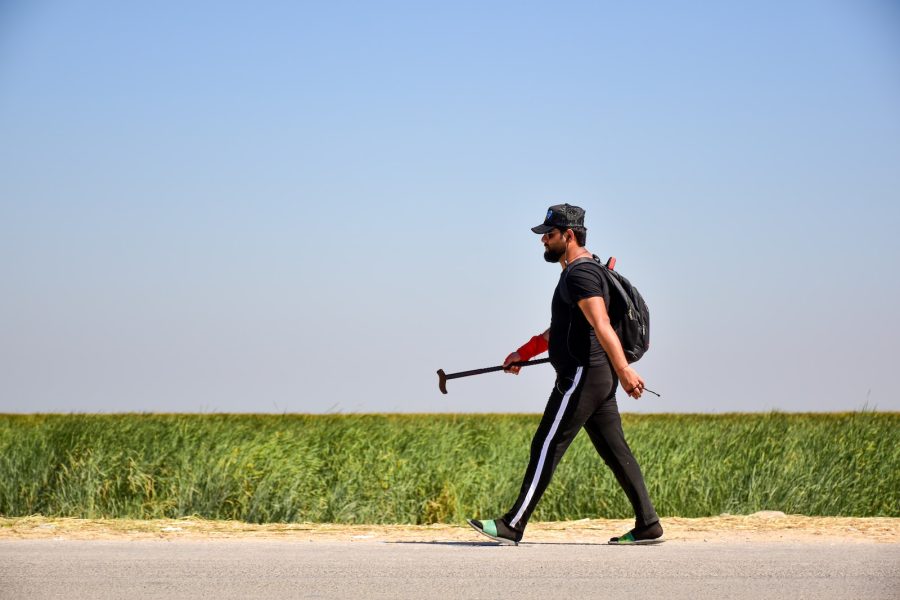While wellness is garnering a lot of airtime, with buzzwords like ‘mindfulness’ making waves in corporate culture, it is oftentimes left to the side when push comes to shove, and other priorities take precedence. Its impact is not entirely tangible, its ROI not easily quantifiable, and its value less immediately seen.
However, research has consistently proven that by prioritising wellness and creating wellness initiatives for employees to engage in healthy behaviours, companies can foster a culture of health and positivity that benefits everyone.
Trials of the 4-day work week, flexible hybrid work models, and ‘wellbeing funds’ are all emerging processes borne from a desire to combine improved workplace wellness with greater productivity and efficacy.
A people-focused mindset acknowledges that even amidst increasing digitisation and strides in automated technology, human interaction remains at the centre of the workplace. It is as simple as, what is best for employees is often what is best for the business; happy, healthy staff are a proven asset.
Wellness can be complex, but it does not have to be
It is true that personal wellbeing both in and out of the workplace is made up of many factors. There are lots of variables at play, and even more strategies in the works to help people develop more healthy states of wellness. Knowing where to start and how to help your employees can be overwhelming, but it is important to remember that an all-or-nothing approach is not necessary. In fact, one could say it is the enemy of healthy workplace wellbeing.
Taking the necessary steps
With National Walking Month just around the corner, one fresh and effective way to promote wellness among employees is a global step challenge. With the right leadership and support, it can be a game-changing initiative that brings teams together, whilst setting them on a path to a healthier and happier future. The best part? It is simple and straightforward, something everyone is familiar with, which does not require intense logistics or resource investment. Setting the bar low and starting your employee wellness journey with something small, familiar, and achievable is an ideal way forward.
Given the often-stationary nature of activities in the workplace, getting the mind and body moving is an important factor to improving both mental and physical wellbeing. Helping employees to build fun, action and fresh air into their workday does not have to be complicated, either. Walking is a low-impact form of exercise that can improve not only one’s physical and mental health, but one that can be done anywhere, anytime, making it convenient for employees, and well-suited for globally distributed organisations.
Walr highlights how a business can put words into action by organising a company-wide step challenge (#WalkWithWalr). The step challenge is set to be a hit among employees, with participants from all corners of the globe logging their steps and sharing their progress and views on their trails. The benefits are clear: increased physical activity, improved cardiovascular health, reduced stress, and a greater sense of connection and community.
But how do you get to this end stage of implementing wellness initiatives, and how do you make sure you have chosen the right strategies?
Ask first, listen second, act third
The pipeline to improvement is often marked by active listening. Survey opinions, thoughts, feelings – where your employees are at, what they need help with, what influences their wellbeing positively and what does not. Gauge your situation as it stands. Real-time, real-world insight into the specific context of your employees’ wellness will enable you to identify common needs and guide a more efficient and effective approach to workplace wellness.
Meaningful, accurate strategies to encourage, improve, and facilitate employee wellbeing are an important facet of overall satisfaction, and your business’s overall success.
Wellness inside the workday
Consider integrating wellness initiatives into the workplace for increased efficacy. Taking away potential stressors or barriers to adoption is a great way to help employees access better wellbeing. It is one thing to talk to the talk and advise your team on steps they can take in their own time, but sometimes taking the reins where you can and building wellness into the workday – instead of outside/around it – can have the biggest impact. It also demonstrates a genuine commitment and concern for employees.
Providing a dedicated, internal team to oversee and monitor wellness is another good place to start. It establishes a business’s proactive stance and helps further that sense of accountability.
This National Walking Month, it is all about putting your best foot forward. The key is to keep it simple. Not every employee wants a ‘foosball’ table and multi-coloured bean bags; sometimes it really is as straightforward as giving them the time and space to take a walk, see the world, and breathe some fresh air.



